Interventional Oncology
Radioembolization plus Immune Checkpoint Inhibitor Therapy compared to Radioembolization plus Tyrosine Kinase Inhibitor Therapy for the Treatment of Hepatocellular Carcinoma
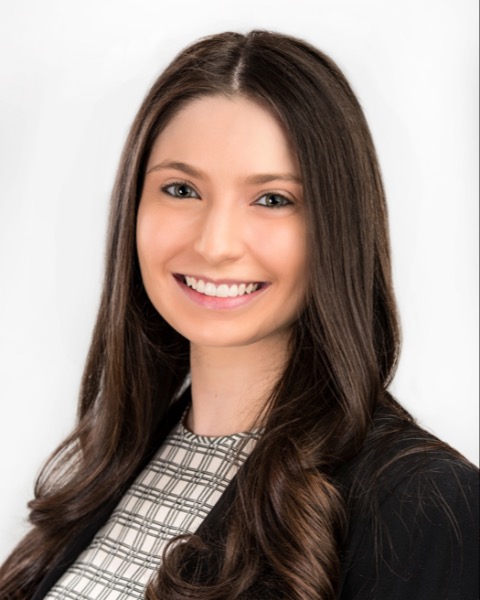
Ricki A. Gottlieb, MD
Resident
Icahn School of Medicine at Mount SinaiDisclosure(s): No financial relationships to disclose
- KM
Kartik M. Menon, BA (he/him/his)
Medical Student
Icahn School of Medicine at Mount Sinai 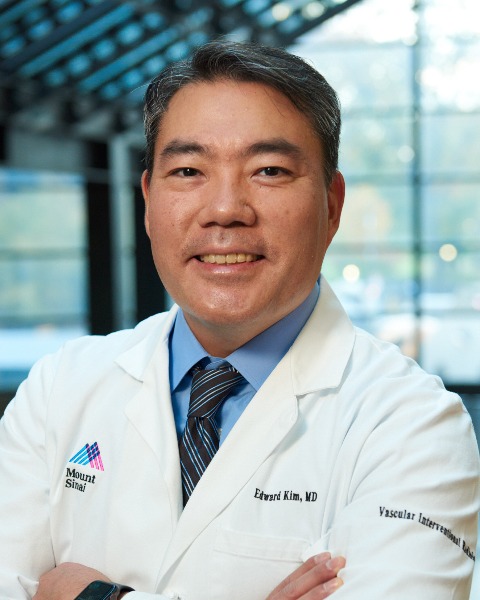
Edward Kim, MD (he/him/his)
Professor of Radiology and Surgery
Mount Sinai Health System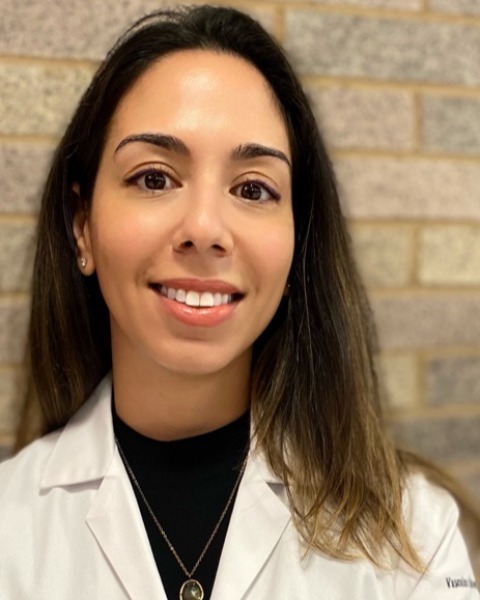
Vivian Bishay, MD
Associate Professor
Icahn School of Medicine at Mount Sinai Hospital- AF
Aaron M. Fischman, MD
Professor of Radiology and Surgery
Mount Sinai Health System 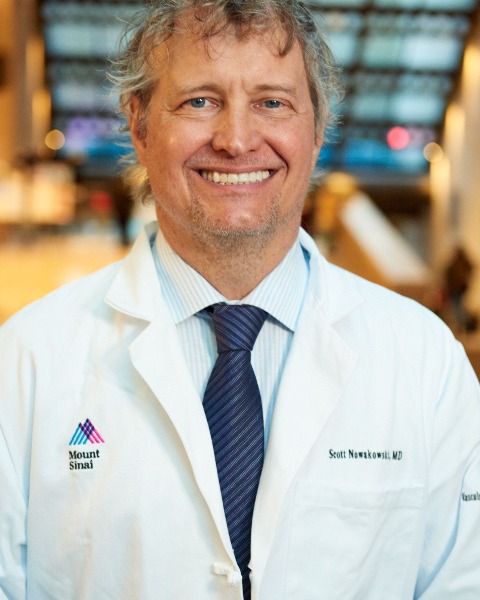
Scott Nowakowski, MD
Professor of Radiology and Surgery / Vice-Chair
Mount Sinai Health System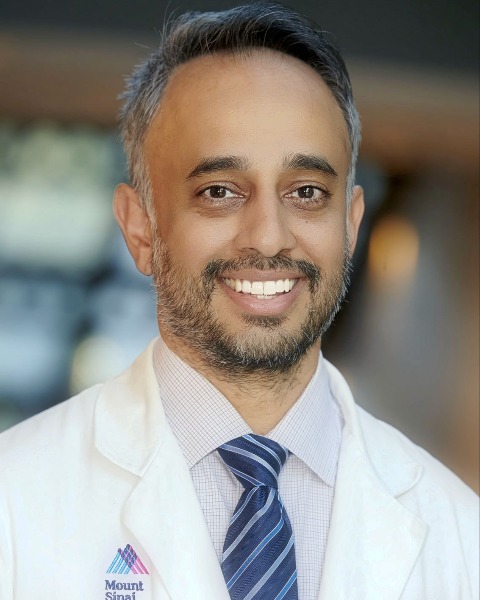
Rahul S. Patel, MD, FSIR
Professor of Radiology and Surgery
Mount Sinai Medical Center- RP
Rajesh I. Patel, MD
Assistant Professor of Radiology and Surgery
Icahn School of Medicine at Mount Sinai .jpg)
Dan Shilo, MD
Assistant Professor
Mount Sinai- RL
Robert A. Lookstein, MD
Professor of Radiology and Surgery
Icahn School of Medicine at Mount Sinai - KG
Kirema Garcia-Reyes, MD
Assistant Professor
Mount Sinai
Abstract Speaker(s)
Author/Co-author(s)
Y90 radioembolization has been shown to upregulate immune cells, cytokines, and neoantigens in the tumor microenvironment, which theoretically may potentiate the efficacy of checkpoint inhibitor immunotherapy for treatment of hepatocellular carcinoma (HCC). This study aims to compare outcomes in patients undergoing either immune checkpoint inhibitor (ICI) or tyrosine kinase inhibitor (TKI) therapy in combination with Y90 radioembolization for the treatment of intermediate and advanced stage HCC.
Materials and Methods:
A retrospective review of all patients presented at an institutional multidisciplinary liver tumor board between 1/1/2012 and 6/1/2022 was conducted. 89 patients with HCC who underwent Y90 within 90 days of initiation of ICI or TKI systemic therapy were included in the analysis (ICI + Y90: 60 patients; TKI + Y90: 29 patients). Propensity score matching (PSM) was conducted using a using a 1:1 (ICI:TKI) nearest neighbor algorithm to account for differences in age, sex, etiology, pre-treatment alpha fetoprotein (AFP), Child-Pugh score, BCLC stage, presence of vascular invasion, presence of extrahepatic metastasis, and time between treatments. Kaplan-Meier analysis was used to compare median progression-free survival and overall survival, and univariate statistics identified differences in disease response and control rates.
Results:
In the propensity-matched cohorts, median progression-free survival (PFS) (8.6 vs. 8.4 months, p=0.32) and overall survival (OS) (20.4 vs. 16.5 months, p=0.22) were not significantly different between the ICI + Y90 and TKI + Y90 groups. Patients receiving Y90 and ICI combination therapy had better initial objective response rates (ORR) by mRECIST (65.5% vs 27.6%, p = 0.003) than patients receiving Y90 and TKI combination therapy. Differences in disease control rates by mRECIST, median OS, and median PFS were not statistically significant. In patients with pre-treatment AFP < 400, median PFS (20.2 vs. 10.4 months, p = 0.03) was longer and ORR was higher (72.2% vs 27.7%, p = 0.007) in the ICI cohort.
Conclusion:
This retrospective review of propensity matched patients receiving either ICI or TKI in combination with Y90 for HCC found that patients who received ICI and Y90 have better initial overall response rates. Progression-free survival, overall survival, and disease control rates were not statistically different between the two combination therapies. In the subset of patients with AFP< 400, those who received ICI therapy and Y90 had improved progression-free survival and overall response rates compared to TKI therapy and Y90.

.png)
.png)
.png)
.jpg)
.png)
.jpg)
.png)
.jpg)
.png)